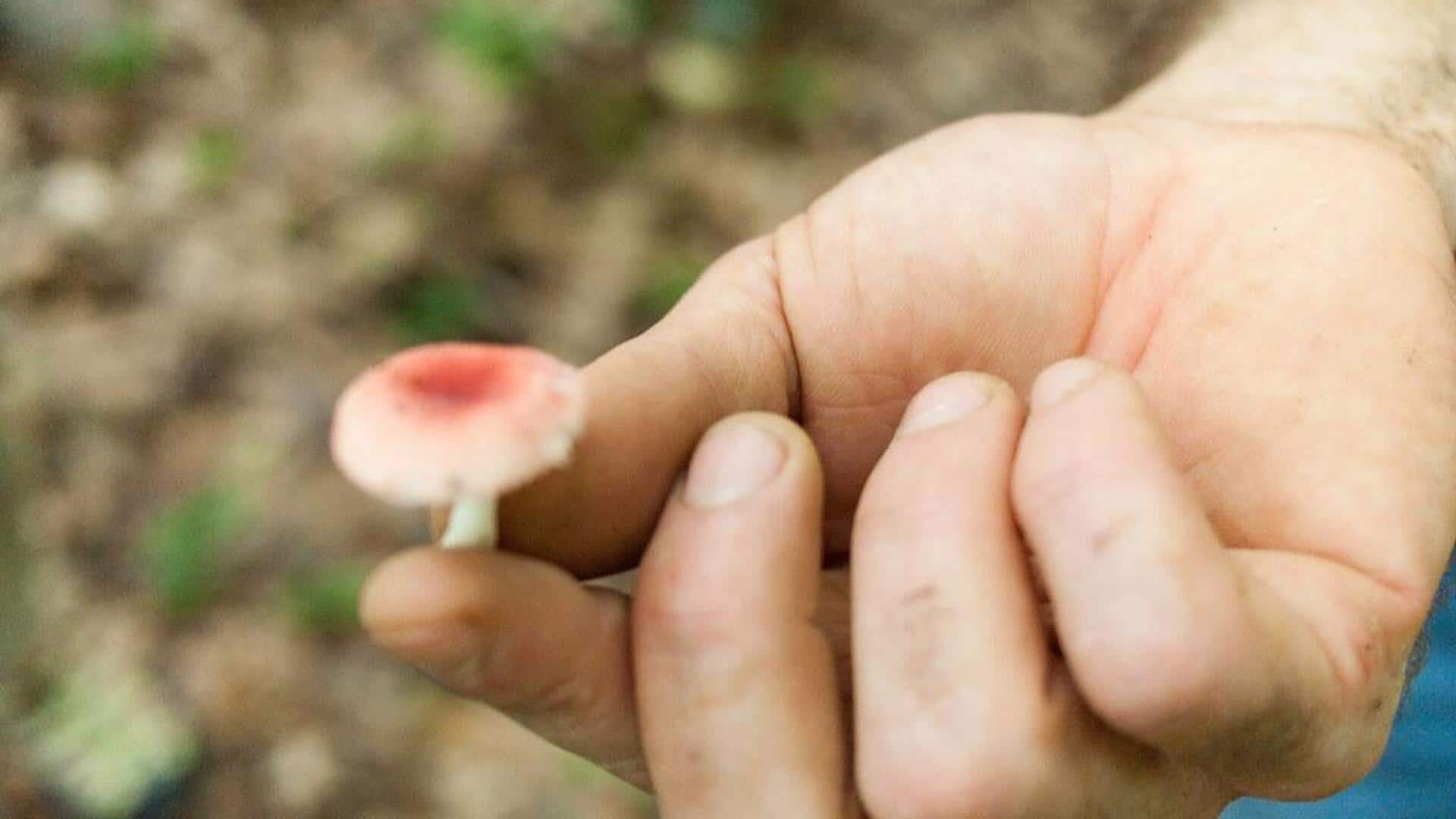
Exploring ways to forage your meals
What's the story
Foraging is a growing trend that reconnects us with nature, offering a sustainable way to source fresh, unique ingredients. By exploring forests, fields, and even your backyard, you can discover a variety of wild foods like edible greens, mushrooms, berries, nuts, and herbs. Here are ways to forage your next meal and elevate your culinary experience.
Flavors
Explore edible greens
The natural world around you is full of edible greens like dandelion, nettles, and chickweed, perfect for salads, soups, or sautéing. These wild edibles are rich in nutrients and provide flavors you won't find in store-bought produce. To safely harvest them, learn to identify each plant accurately, as some have inedible lookalikes. A reliable foraging guide is essential.
Umami
Hunt for Mushrooms
Mushroom foraging is a rewarding way to add earthy, umami flavors to your dishes. Morels, chanterelles, and porcini are among the most sought-after wild mushrooms, prized by chefs and home cooks alike. These mushrooms can be grilled, sautéed, or added to risottos and pasta dishes. Always forage mushrooms with an experienced guide. Some mushrooms are toxic and can be deadly if misidentified.
Jams
Forage for wild berries
Wild berries are nature's candy, bursting with flavor and nutrients. Depending on your region, you might find blackberries, raspberries, or elderberries growing in the wild. These berries can be eaten fresh, added to desserts, or turned into jams and preserves. Berries ripen at different times throughout the season, so check local foraging calendars to know when and where to look.
Texture
Gather nuts and seeds
Nuts and seeds are valuable foraged foods that can enhance many dishes. Acorns, chestnuts, and hazelnuts, harvested in fall, add texture to baking and salads. Sunflower seeds and wild grains are excellent for homemade bread or granola. Note that some nuts, like acorns, need processing to remove tannins. Research preparation methods to ensure safety and enjoy your foraged treats.